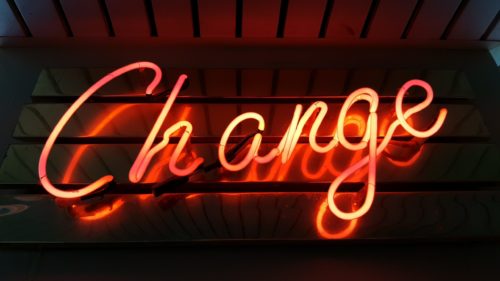
The world has changed a lot since 2017.
Even setting aside the world-shaking COVID-19 pandemic and all that came with it—the tragedy on a massive scale, the blows to the economy, the reshaping of the way we live, work, and educate—things are very different now then they were four years ago.
To think back to the second quarter of 2017 is to remember a different era: one where Donald Trump had just been elected president, TikTok had yet to be launched outside of mainland China, and the hashtag #MeToo wasn’t yet synonymous with fighting sexual abuse and harassment. In 2017 Prince Harry was a bachelor, Black Lives Matter hadn’t yet grown into an international phenomenon, Greta Thunberg was an unknown student in Sweden, and the streaming revolution had yet to begin.
Our question: in the midst of all this change, how did the motivations and reasons for blocking ads change? The period of time between the second quarter of 2017 and Q3 2020 was full of upheaval, innovation, and reckonings…but did that have an impact on the habits of the ad filtering demographic?
We looked at GlobalWebIndex (GWI) data that examines the reasons that ad filterers (defined by the GWI as “users who have blocked ads in the past month but discover brands or products through ads seen online and have clicked on an online ad in the past month”) choose to block ads.
And we noticed a few key ways in which ad filterer motivation changed between Q2 2017 and Q3 2020.
Fewer affirmatives overall.
The most notable difference between 2017 and 2020 was an overall decrease in affirmative answers across the top twelve reasons for ad blocker use. For example, 61.3% of respondents said that they blocked ads because “Too many ads on the internet are annoying or irrelevant” back in 2017, compared to only 57% in 2020.
And while the percentage difference between the years wasn’t always so dramatic—29.1% of respondents agreed that “Ads might compromise my online privacy” in 2017, compared to 28.9% in 2020, for example—the trend continued across the board.
The outlier: data allowance
However, there was one answer that netted more affirmatives in 2020 than in 2017. When asked why they used an adblocker, 18.7% of respondents in 2020 agreed with the statement “I want to stop my data allowance from being used up,” up from 16.2% in 2017.
This underlines a trend we’ve observed since 2017: more and more ad blocking is occurring on mobile devices, where data and data allowances are a subject of concern.
The biggest loser? Loading times
Another data point jumped out at us, simply because it represented such a stark change. In 2017, 49.7% of users stated that they used ad blockers “To speed up loading times.”
However, four years later, that number had fallen to 39.3%. Speeding up loading times, which used to concern nearly half of all ad filterers, suddenly appears to be a lesser issue.
If you’re interested in learning more about ad filterer motivations and psychology, make sure to check out our forthcoming study, Why Block Ads? Behind User Reasons and Motivations, a study that examines, well, the reasons and motivations behind ad blocking habits.
Why Block Ads? Behind User Reasons and Motivations will be published in April, but we’ll be teasing its release with posts just like this one. And if you’re interested, check out some of our previous ground-breaking studies.
Last November we released Ad Filterers Online: Purchasing Habits and Media Consumption In The USA, which shed light on the subject of how ad filterers spend time online…and how they spend their hard-earned dollars.
And back in January of 2020 we published our groundbreaking study, “10 Things You Didn’t Know About Ad Blocking Users,” which drew back the curtain on the youthful, affluent, and well-educated users that have ad blockers installed on their devices.
- Data, Studies, Insights